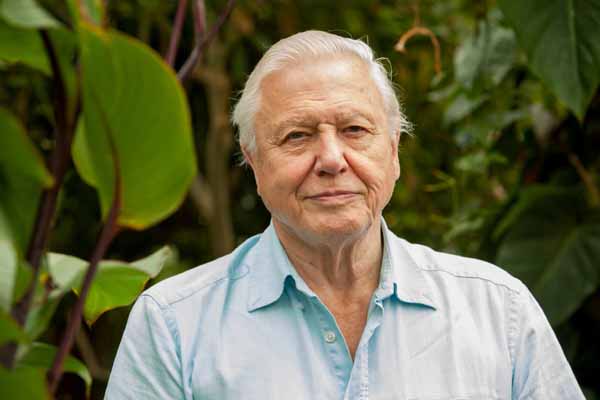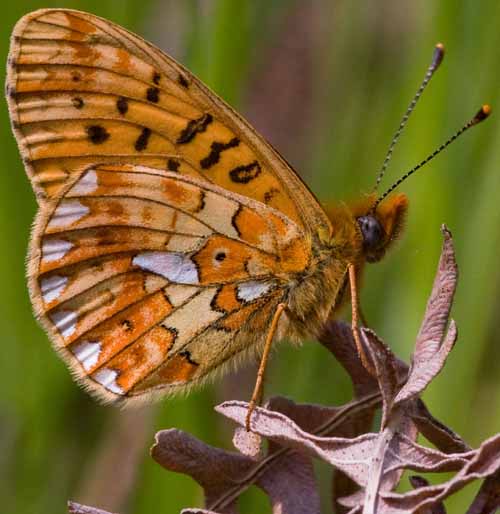Sir David Attenborough has warned that UK butterfly numbers are at a historic low and is urging the public to take part in the world’s largest butterfly count to assess if species are recovering after their worst year on record.
This spring, the coldest for 50 years, saw butterfly emergence delayed by around three weeks. The cold start followed washout 2012 – the worst year on record for UK butterflies with the majority of species suffering declines.
These difficult conditions, coupled with long-term declines in abundance and population, leave UK butterflies at a historically low ebb with many species struggling in our gardens and the wider countryside.
The warm start to July has given many species a much needed boost and Butterfly Conservation is calling for nature lovers everywhere to take part in the Big Butterfly Count to help assess if UK butterflies can recover this summer.
Sir David, President of Butterfly Conservation explained: “The washout weather of 2012 proved a disaster for our butterflies; these conditions, coupled with long-term declines, means there are probably fewer butterflies in the UK than at any point during my lifetime.
“Butterflies are vitally important. Their presence acts as a barometer of the health of our environment. Their ongoing decline tells us that all is not well in the British countryside. Future generations may not be lucky enough to see butterflies in the same numbers we will experience this summer.
“But, it is not too late. You can help ensure that butterflies still bring that sense of magic to our summertime by taking part in the Big Butterfly Count. The Count will tell us if butterflies are recovering after a terrible year and it lets us know how they are faring in our back gardens, parks, fields, towns and cities.
“But more than that, the Count brings us face-to-face with Britain’s wildlife stars living right under our noses. If you care about butterflies make sure you take part in the Big Butterfly Count this summer.”
Last year the public counted more than 220,000 butterflies with 15 of the 21 species declining compared to 2011’s Count.
For the fourth year running, the Big Butterfly Count is taking place in partnership with Marks and Spencer as part of its Plan A commitment to be the world’s most sustainable major retailer by 2015.
Joanna Lumley, M&S Plan A Ambassador, said: “The Big Butterfly Count is a wonderful way for us all to play our part to look after the environment and help to support butterflies. Just 15 minutes is all it takes to make a difference and we hope all of our farmers, customers and employees will take part in the Big Butterfly Count.
“At M&S we really want to make a positive contribution to the environment and by helping to get as many people involved in the Big Butterfly Count we can get a better understanding of biodiversity and how we can all play our part to protect it.”
The Big Butterfly Count is being launched at the Wildfowl and Wetlands Trust (WWT) London Wetland Centre.
Martin Spray, Chief Executive of the Wildfowl and Wetlands Trust, said: “Butterflies are a much-loved and quintessential part of the British summer – their shape, their colour; just seeing them flutter by on a sunny day can make you smile.
“WWT Wetland Centres are fantastic places to see native butterflies. Here at London Wetland Centre, we’ve recreated wetland habitats that support butterflies as well as mammals, birds and amphibians.
“However, for conservation efforts to make a real difference and for butterflies to remain a part of the British summer, we really need the whole country to get involved.
“If you want to take part in butterfly spotting and walks, or learn more about attracting butterflies to your own garden, WWT Wetland Centres are great places to start.“
For information on the Big Butterfly Count www.bigbutterflycount.org/about




